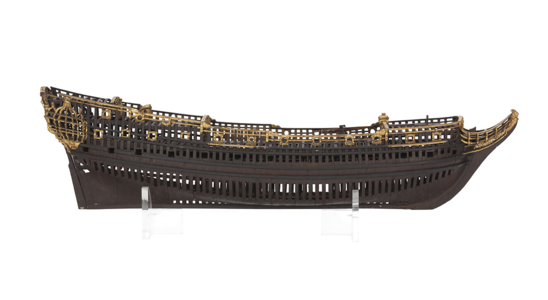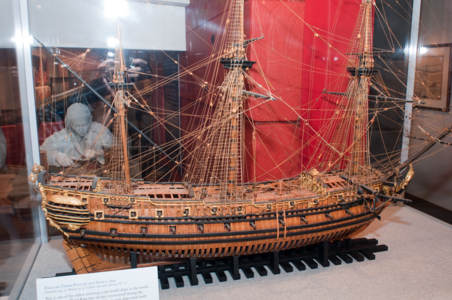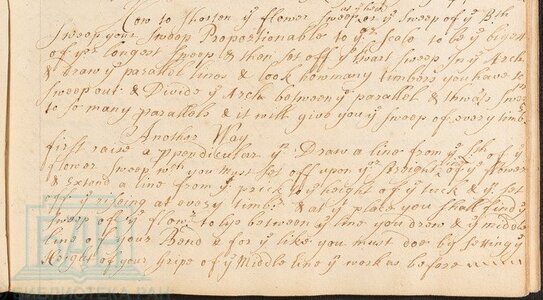With the conclusion of this stage of exploration of the mid-17th century shipbuilding, I ought to express enormous thanks to
@- Waldemar - , without whose expertise and perseverance this could never be achieved
@DonatasBruzas , who found the 3d scan of the model and brought it to our attention
The Swedish Maritime Museum, that was so kind to make the scan available to the public
And, of course, our patient viewers and participants in this discussion.
@- Waldemar - , without whose expertise and perseverance this could never be achieved
@DonatasBruzas , who found the 3d scan of the model and brought it to our attention
The Swedish Maritime Museum, that was so kind to make the scan available to the public
And, of course, our patient viewers and participants in this discussion.











